
Stoney Middleton is a crag that people love to hate, or just hate. Its legendary polished walls have been a forcing ground for generations and many of the country's most influential climbers have cut their teeth here. 'Stoney' as it is affectionately known, is undoubtedly the most historically important limestone crag in the Peak District, yet in more recent years its influence has indeed dwindled, leaving us with something of a relic. This is probably a peculiar place to begin a destination article, but with Stoney it's best to start from the bottom up because underneath the dirt, dust, loose holds, loud road, polished rock and blatant sandbags there is indeed a crag of great merit.
In this article we take a cook's tour of some of Stoney's key routes and areas, but to begin with let's go back to the start, where it all began...
History
Whilst climbing did take place at Stoney prior to the 1960s, it was during this decade that things began to pick up pace. The crag developed a very distinct scene, with the likes of Tom Proctor, Chris Jackson, Jack Street and Geoff Birtles putting up routes that were right at the cutting edge. Classics such as Alcasan, Dies Irae, Windhover, Jasper, Wee Doris, and Our Father were all put up around this time. The latter in particular stands out as a landmark of difficulty, leaving you with no doubt why its first ascensionist - Tom Proctor - was known as 'The Hydraulic Man'! These routes aren't easy today, so spare a thought for how hard they must have been when they were first climbed!
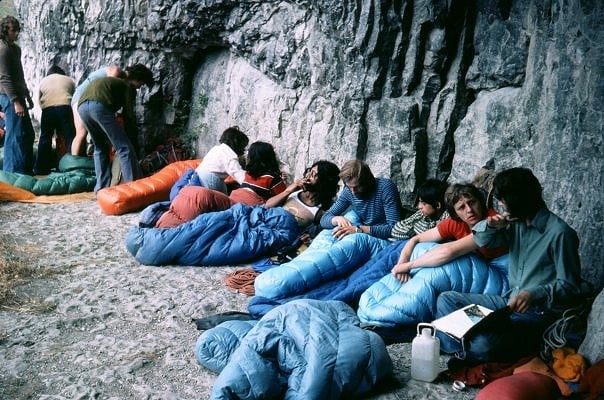
Windy Ledge in its heyday (r-l): Graham Hoey, Al Evans, Paul Cropper, Brian Cropper, Nadim Big Sid Siddiqui, Rehan Siddiqui, Mick Dewsbury, Dave Banks ( without trousers) , Ged Storah and either Gabe or John Regan and Pete Lomax. © Mark Scott
Personally I love Stoney. For years my climbing mojo lived there. If I was jaded, a trip to Stoney would re-vitalise my psyche - Brown, UKC Forums
In the 70s, Gabe Regen put up a challenge to Proctor's supremacy, both in terms of the difficulty and the quality, with Bitterfingers being a particular highlight. Geoff Birtles, who had partnered Proctor on many occasions, put up his own route Oliver, which became destined for classic status; however, it was Proctor once again that kept the new routes coming, including Cabbage Crack, Colonel Bogey and (hardest of all) Circe, coming in at E5 6b.
The 80s realistically represent the end of Stoney's reign as the Peak's premier powerhouse. While it got off to a good start with Jerry Moffatt's free ascent of Little Plum, and remained a training group, top-end activity migrated elsewhere. It's not a coincidence that this shift occurred at the same time as the style of ascent changed from a largely ground-up/traditional approach into a more modern sport/redpoint style, with the expansion bolt essentially bringing about a new age of difficulty. During this era crags such as Raven Tor (another crag people love to hate) took up its place on the throne as the new forcing ground and Stoney was relegated to a place that people came to to train, either by top roping its routes or by bouldering around at Minus Ten.
With this in mind, the crag lost a lot of love throughout the 90s and it was only once the dust had settled elsewhere that people began to look at the crag again in a new light, which occurred through the eyes of one of the 80s key protagonists - Mark 'Zippy' Pretty, who - in the early 2000s - revisited the crag with a new set of eyes. Up until this point most of the development had been trad, or trad-esque - using the pegs that aid climbers had placed to produce the free climbs. Taking a modern view, Zippy proceeded to develop Garage Buttress into a sport crag and was swiftly followed by Kristian Clemmow. Between them, they put up such classics as The King of Ming (Zippy) and The Big Apple (Clemmow).
I like Stoney, it's like a risky hands-on museum - Wft, UKC Forums
All of the developments of the 2000s focused on difficulty, seeking out the steeper terrain on the crag and ignoring the slabbier ground on its flanks. It is perhaps unsurprising that Gary Gibson, new route machine, should see their potential, putting up a whole host of routes in the 6s which must rank as the most climbed routes on the cliff by a fair margin! Number Four Thousand is particularly significant, as it was - as you'd expect from the name - Gary's 4000th new route, a truly outrageous achievement (although more outrageous still is the fact that he's en route to do his 5000th).
Stoney at its best - VS, E2 and E4
Every crag has its grade and Stoney's best undoubtedly comes thick and fast around the E4 mark. The consistency of the quality is astounding, but don't expect many soft touches. It speaks volumes that Wee Doris is the easiest of the lot (and that's by no means easy); however, compared to the likes of Oliver it's a walk in the park, so be sure to build yourself up before jumping straight into the deep end.
In terms of quality the next grade in the line-up is E2, with a similarly stellar line-up. Scoop Wall, Dies Irae, and Armageddon are potentially the 'best of the best', but the others are all incredible too.
Finally, the VSs. Whilst there may not be quite so many, and there are far fewer stars dished out within the various guidebooks, the routes listed won't disappoint.
Electric Quarry
Over the years I've climbed in some places which, at first glance, appear pretty grim. Pex Hill is a good example of this, as is Dumbarton, but both have the same thing in common - the quality of the climbing and the movement at each is on par with anywhere else in the country. Electric Quarry is similar, insofar as I cannot think of a less aesthetic place to climb within the whole of the Peak District (a statement that says a lot); however, the routes here are some of the best that Stoney has to offer.
Were there to be a downside, the constant humming from the electricity substation does give the venue a certain 'vibe'. As if this weren't enough, there's also the rather sharp and intimidating fence that surrounds it, which - when looking down from height - does look like it's about to impale you. However, if you can get over these issues and onto the routes you are faced with a third and final problem - they're all quite hard!!
Another potential perk of Electric Quarry is that it has the tendency of becoming hotter than the sun, which can make it a good winter venue, where its sunny and sheltered aspect can give unseasonably reasonable temperatures. Conversely, it is the last place on planet earth that you'd wish to be on a warm summer afternoon as the chances of being turned instantly to ash are almost assured.
Best Routes: Jasper (E3 6a) E3, Cabbage Crack (E4 6a) E4, Oliver (E4 6a) E4, Millionaire Touch (E4 6b) E4 and Helmut Schmitt (E6 6b) E6
Fingal's Flue
best done at night then it just appears like you are climbing into the centre of the earth - Graeme Hammond, UKC Forums
Whilst it may seem a bit strange to include a specific section for an unstarred route, it is a route with something of a fun reputation and one that it would be good to see done more often - if only to ensure climbing retains something of a sense of humour.
The route description gives an impression of what is in store: "Start 12m back in the dark and climb up the back of the chimney into the roof of the cave, to access the dim and distant skylight. Exit via this. The grade is nominal and a lamp will help a lot...Madness...". It is more akin to a caving expedition than actual climbing, but guarantees an entertaining outing. Spare a thought for the lead miners who likely made its first ascent prior to 1900 - gulp!
The grade is hard to put a precise figure on, with J W Puttrell suggesting "Very Difficult, with three matches". It's subsequently been given Hard Severe in the Rockfax Guidebook and VS within the BMC Guidebook, but what matters more than the grade is whether or not you choose to use a headtorch. Whilst it is by no means essential, it has been described by own UKC user as a point of aid, so decide where it sits within your moral conscience (n.b. whilst I didn't use one, I probably would if I'd have had one with me).
Minus Ten
Minus Ten is the home of the eliminate boulder problem, so much so that there's eliminates of eliminates and the rules definitely matter. It is also one of the most polished pieces of rock on earth, but only because of its popularity, which - against all the odds - endures to this day.
Conditions-wise it benefits from staying dry in the rain and while it does seep, there's usually something climbable (and if not, there's always Tom's Cave). Oddly the best conditions can actually be found at this time, when the notorious yet infrequently found 'sticky damp' can manifest itself. For those who happen upon it on a warm, dry evening it can also be an extremely pleasant place to spend a couple of hours playing about on its various problems. While the road is indeed close. you're a little further back from it than some of the other crags and its position nestled within the trees could almost be considered pleasant.
For those that aren't here for the bouldering it's well worth using Minus Ten as a warm-up for the rest of the routes, all of which (as you've probably ascertained so far) pack something of a punch.
Tom's Roof
"Is that it?!" - virtually every first time visitor to Tom's Roof
It's hard to know quite where to begin when describing Tom's Roof, other than repeat an oft made remark by people who make its acquaintance for the first time: "Is that it?!".
Considering the number of problems that are there it's hard to believe that there is only, when looking at it objectively, a single hold within its walls (and even that's chipped!); however, don't let that fool you into thinking it's crap - it's just a good excuse to get inventive. It's maybe best to think of Tom's Roof as a climbing wall before climbing walls existed, hence is a place to have fun, burn off your mates, and not take climbing too seriously (unless you're burnt off by your mates).
Pat Hill doing laps in Tom's Roof during a regrettably hot day
Despite living in the Peak District it was not until 2018 that I first made it to Tom's Roof (I'd tried in/around 2007, but looked up what appeared to be the grotty gully in which it was located then thought better of it). I'd been persuaded up there by one of its modern day devotees, Pat Hill, who prompted took me through the classics. It was one of the most entertaining evenings I've had out in a fair few years. With that in mind, I thought I'd ask Pat for his Top 5 problems at Tom's Roof.
Pat Hill's 'Tom's Roof Top Five'
1. Power Allowance (f7B) (or its original, modestly named 'god's given power allowance he gave upon to me') - try and do it as many times as you can. Jim Pope has the record currently.
2. Jerryatricks (f7C+) - total classic, great power endurance training
3. Abu Ali's Hand Gun (f8A) - my own link named after an 'incident' with a hand gun whilst eating dinner in Wadi Rum, Jordan
4. Figure of 8 (f7B+) - best move on limestone, I'm sure you would agree personally (ed: I do - it's a thing of beauty...)
5. Tom's Original (f7A) - the original from Mr Proctor himself, doing laps of this it's no wonder he was burning everyone else off.
Bonus: Simply to fall out of the Toms. I've not ticked this yet though been close many times, but many have...
Medusa Bay and Bitterfingers Area
Tucked away in the woods, the next area provides a bit of welcome shade on a sunny day. Due to it being a little further back from the road it has a quieter and more secluded feel, especially in summer when the leaves are out.
Back in the 80s this area was popular for training, with routes like Wee Doris being lapped over and over again by the hotshots of the day. This legacy can be seen courtesy of the amount of polish on the holds, which is extreme to say the least. Whilst this could be construed as negative (and it probably is), it does give Stoney style something of an extra element, as you have to be extremely precise with your feet if you want them to stick. Add into the mix the fact you need strong fingers to hang on to most of the holds and you can see why people got strong climbing here!
When it comes to the area's entrance exam, Dead Banana Crack is realistically the rite of passage. So named because of the state of the first ascensionist's hands after climbing it, this is a route that requires a certain finesse and familiarity with the subtleties of polished rock if success is to be achieved. First climbed in 1965 by Jack Street and Chris Jackson with one point of aid, it was freed in 1968 by Tom Proctor and instantly attained classic status.
Best Routes: Froth (VS 4c) VS, Sin (VS 4c) VS, Golden Gate (HVS 5a) HVS, Medusa (E1 5b) E1, Dead Banana Crack (E1 5c) E1, Bingo Wall (E2 5b) E2, Wee Doris (E4 5c) E4, Pickpocket (E4 6a) E4, Traffic Jam (E5 6b) E5
Windy Buttress
There is much grimness to be found there, but also some fantastic climbing. The E2s off Windy Ledge were (while I still climbed) some of my favourite Peak Limestone climbs - Chris Brooke, UKC Forums
Windy Buttress is without doubt the most majestic and beautiful area to climb at Stoney. Here you have an elevated stance above the trees, with classic after classic side-by-side. The ledge itself - Windy Ledge - is a place where climbing history was made. Mick Ward, in his article 'Tales from Windy Ledge' describes the situation nicely: "before Malham's catwalk was invented, Windy Ledge, neatly bisecting Stoney's finest buttress, became the place to go and strut your stuff or, more likely - and very publicly - fail".
Whilst the crowds of people dossing on the ledge have long since departed, the public nature of the buttress remains, and it's almost impossible to drive past the crag without sparing a glance upwards to see if anyone is climbing any of the classics. It's natural for climbers to be curious, but given the impact and impression these routes make on people. there's something of a sense of kinship when you do see someone on Scoop Wall or Our Father - if only to spare a thought for their forearms! If you've been there, you'll know…
Scoop Wall is without doubt THE one to kick off your Windy Ledge climbing career, as it follows its strongest natural line and is both steep and uncompromising in style. Its grade is one of the most hotly contested in recent years, reaching new heights in 2015 when it formally went into print as E3 in the BMC's Peak Limestone North Guidebook - a change which prompted Alan James (owner of UKC and rival publisher Rockfax) to call them to task. The thread received a lot of attention and, if you happen to have several hours on your hands, it can be found here; however, in the name of fun the following video is well worth a watch and clears up the matter perfectly - it is somewhere between E2 and E3…
Another quirky but worthwhile outing on Windy Ledge is the cave system which starts halfway along the ledge and ends near the back of the buttress. It isn't overly technical or hard, but is - with a headtorch - a suitably entertaining trip.
Best Routes: Scoop Wall (E2 5c) E2, Armageddon (E2 5c) E2, The Flakes Direct (E2 5c) E2, Dies Irae (E2 5c) E2, Alcasan (E2 5c) E2, Our Father (E4 6b) E4, Circe (E5 6b) E5, Menopause (E5 6b) E5
Garage Buttress
Despite it containing what is likely to be some of the worst rock and least characterful routes at Stoney, Garage Buttress is undoubtedly the most popular area of the crag as a result a blend of favourable factors. In no particular order these are:
- it's close to the road
- it's got a load of mid grade sport routes
- it's quite sunny
- it dries quickly
- it sheds holds so quickly, every time you go there it's like climbing a new route
If one star 6s are your bag then look no further…
That said, in and amongst this there are some gems, some of which are bolted, others which are not. The most historically significant pitch on the buttress is Little Plum, which Jerry Moffatt made the first free ascent of throughout 1981 (P1) and 1982 (P2). This is one of the routes that projected Jerry on his course to stardom and his experiences of climbing it are recounted in his autobiography, Revelations. Other 'neo-classics' of the sport genre are Virgin King and The Big Apple, which both feature excellent, technical climbing on small and generally crimpy holds.
On the trad side Pendulum realistically kicks things off, with its classic girdle across the buttress' break line. After that lines like Rippemoff and Helicon are the next on the list, and after that you've got Colonel Bogey - one of the crag's big E4s.
Best Routes: Four Thousand (6b+) 6b+, Pendulum (HVS 5a) HVS, Rippemoff (E1 5c) E1, Helicon (E2 5c) E2, Colonel Bogey (E4 6a) E4, Little Plum (8a) 7c+/8a, The Big Apple (8a) 8a
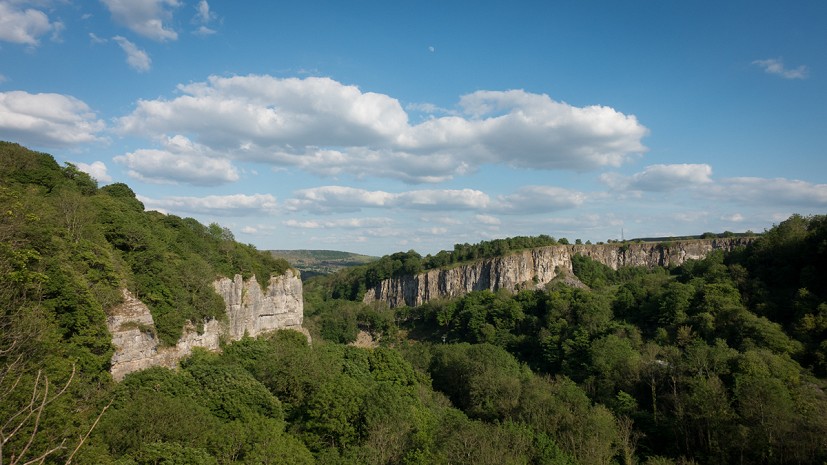
- DESTINATION GUIDE: Bridging Two Worlds: The Unlikely Connection Between Horses and Climbing 1 Apr
- PHOTOGRAPHY: UKC/UKH Photography Awards 2023 - Winners 15 Mar
- PHOTOGRAPHY: The North Face & Ellis Brigham Photography Awards 2023 - Category Finalists 16 Feb
- GROUP TEST: Performance Headtorches - Petzl Nao RL, Silva FREE and Black Diamond Distance 1500 2 Feb
- REVIEW: The North Face FUTUREFLEECE Hooded Jacket 24 Jan
- ARTICLE: The Role (and Reprisal) of the New Routes Book 19 Dec, 2023
- REVIEW: Montane Phase Nano - The Ultimate Running Shell? 17 Nov, 2023
- REVIEW: Patagonia Triolet Jacket - PFC-Free, and Built to Take Abuse 3 Nov, 2023
- Sustainable Gear: The Evolution of Gore Tex - ePTFE, ePE and PFC-free DWR Treatments 1 Nov, 2023
- REVIEW: Scarpa Generator and Generator Mid - The Ultimate Trad Shoe? 5 Sep, 2023



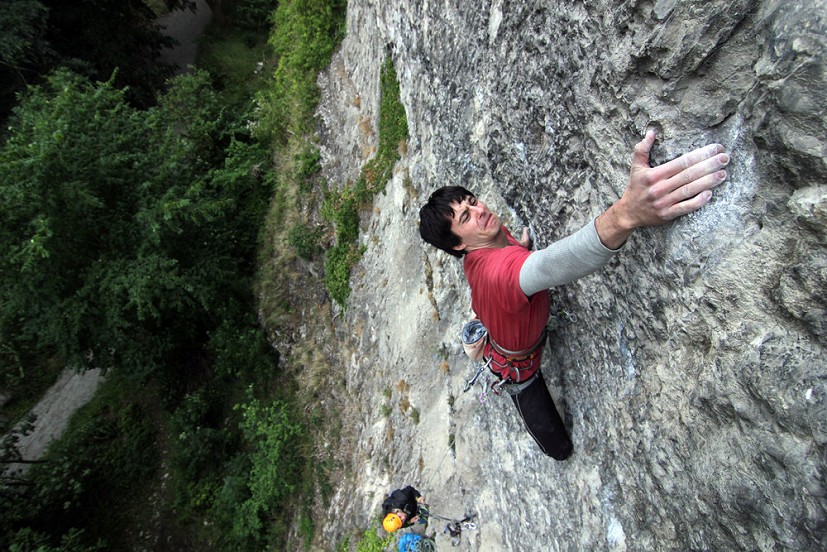
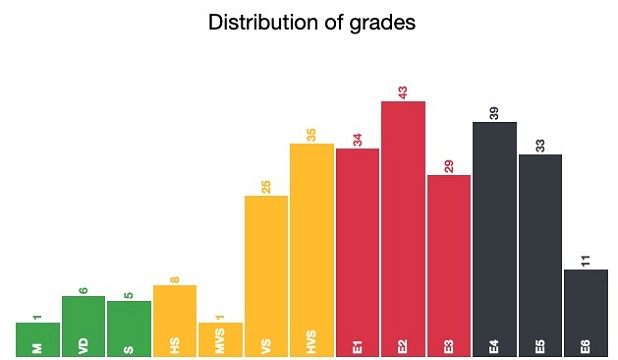
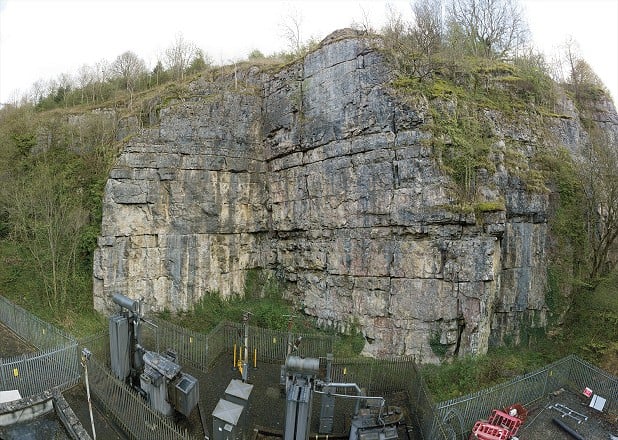
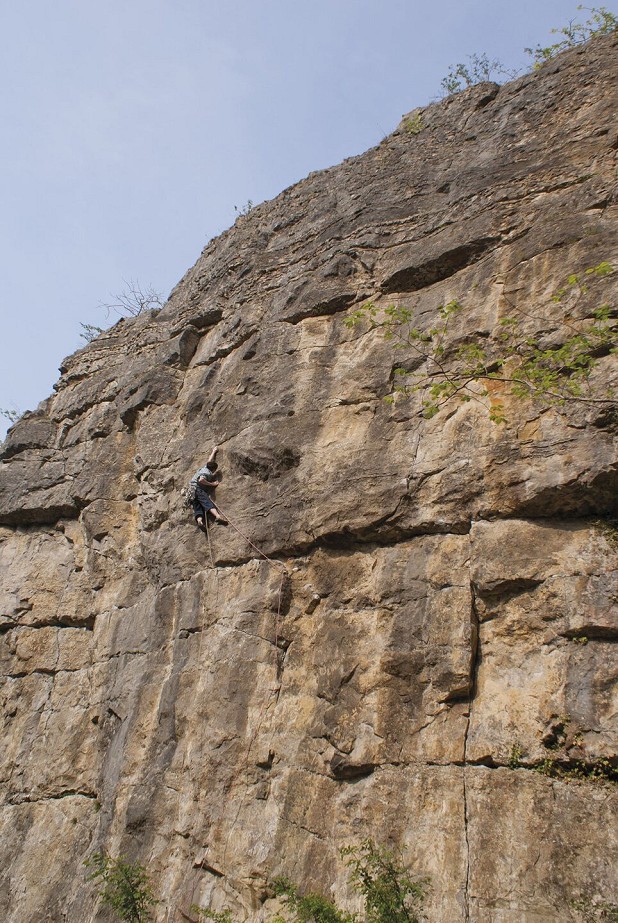
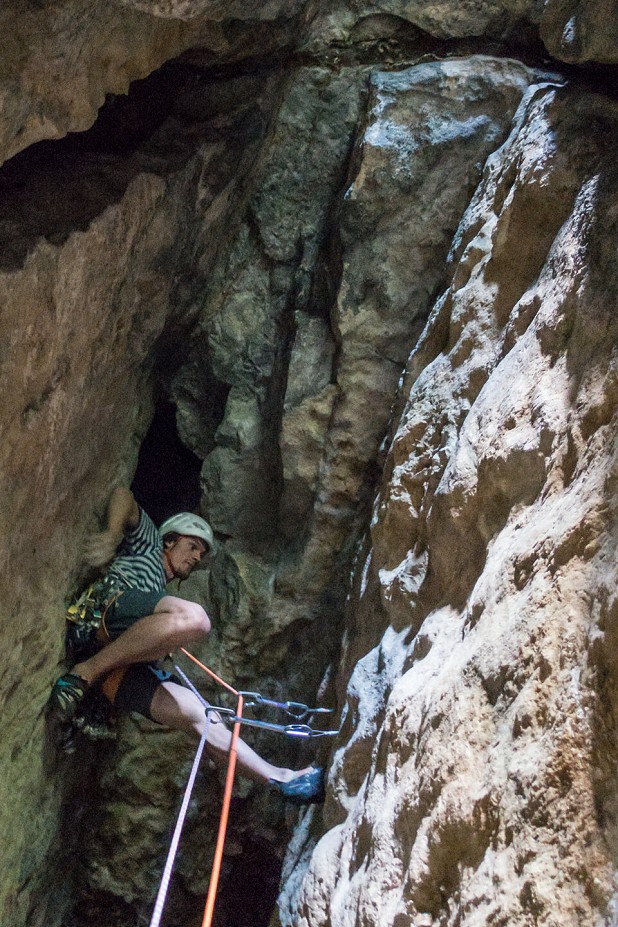
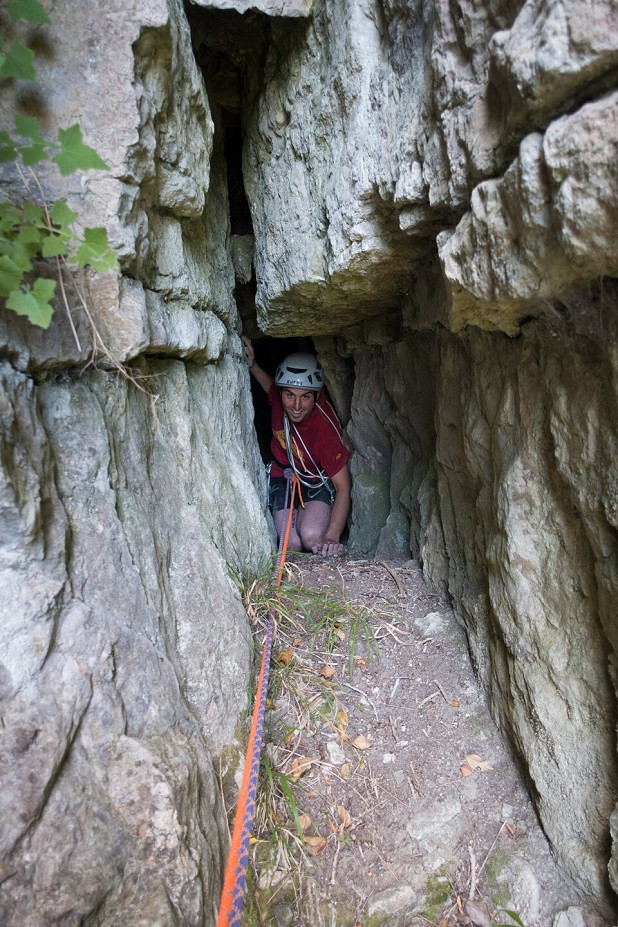
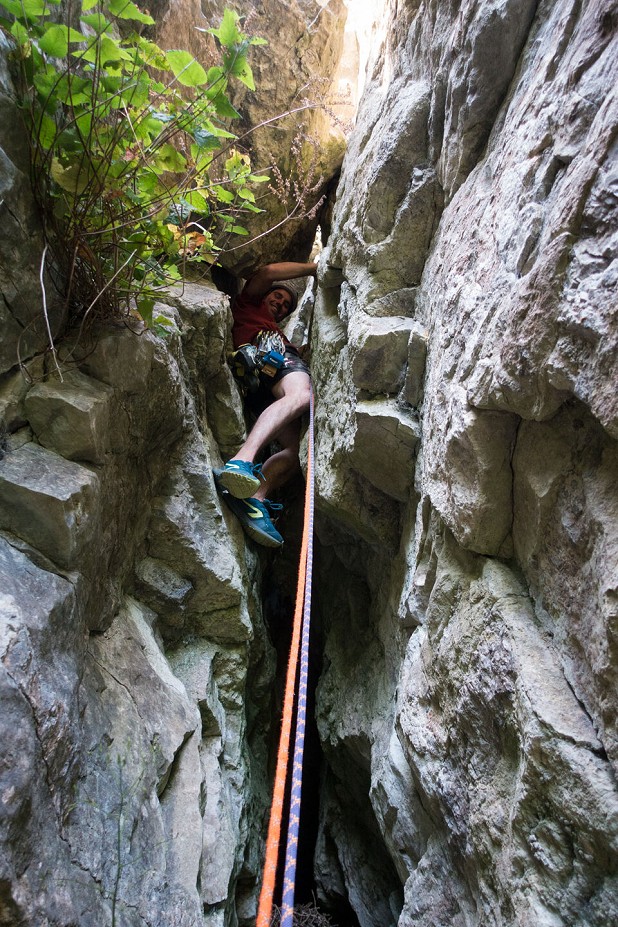
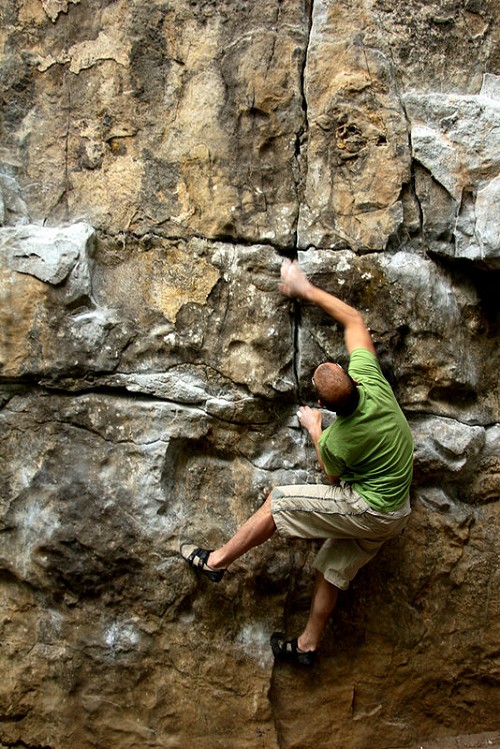
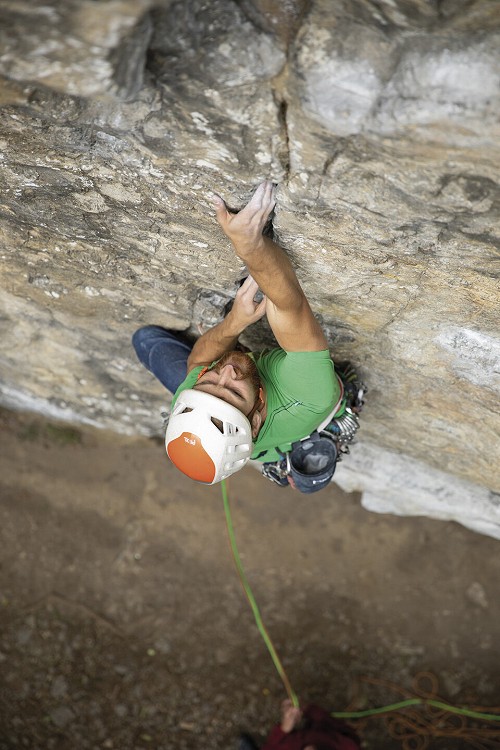
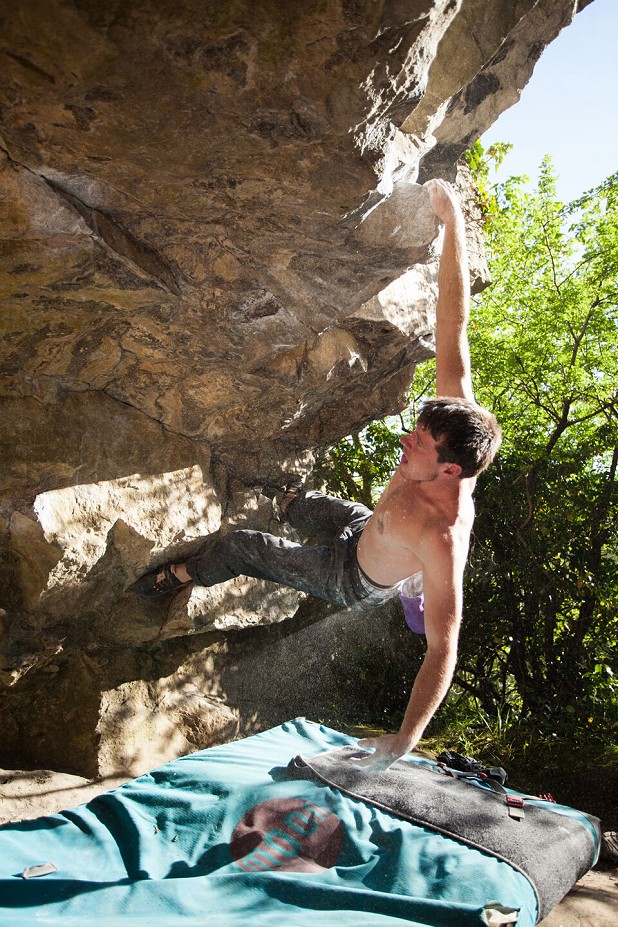

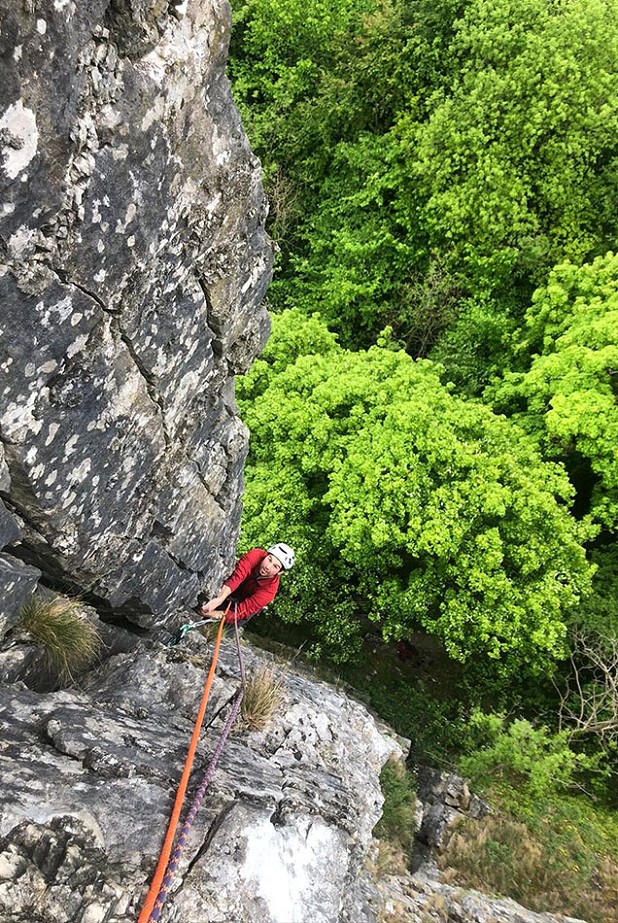
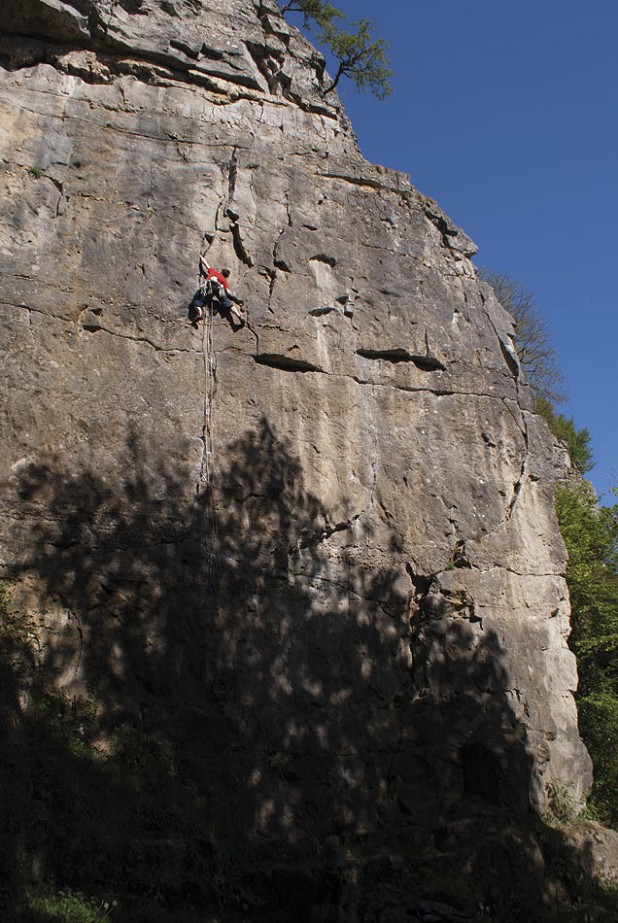
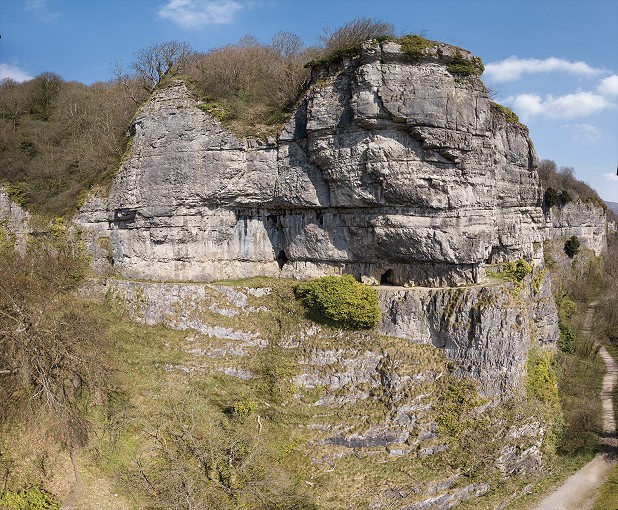
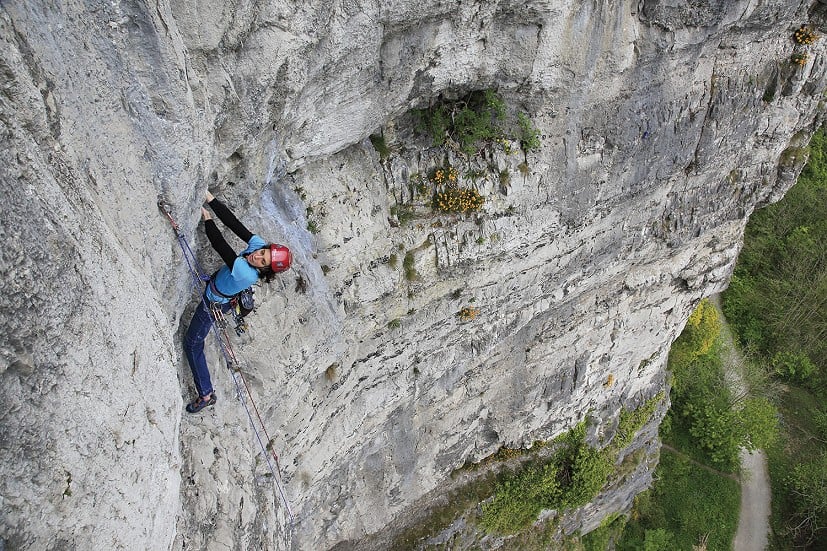
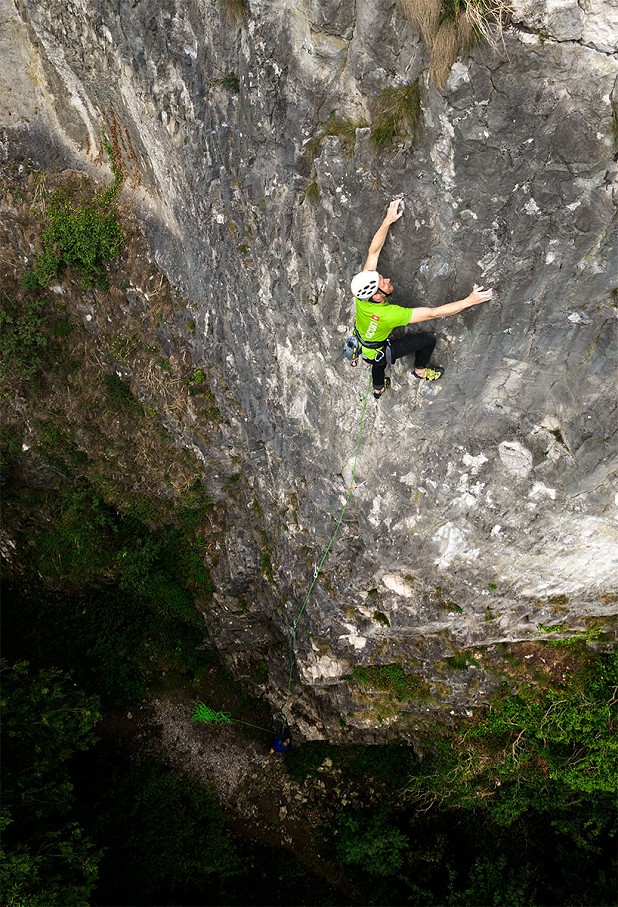
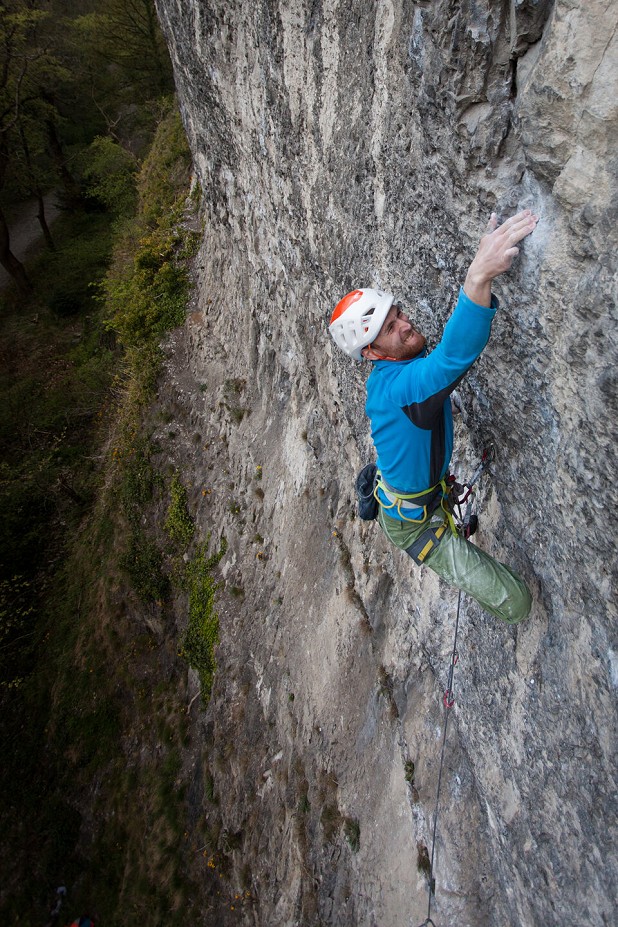







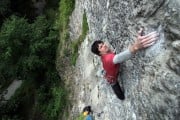






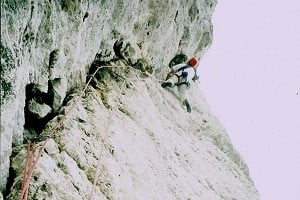
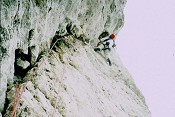
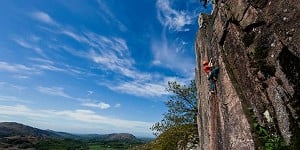



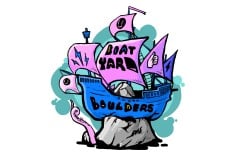
Comments
Oh this is torture! I had such plans for Stoney this summer (and Chee Dale, following on from your previous, Rob), especially with the new Rockfax on its way.
Still, my stupid broken leg will heal. And the crags will still be there next year!
Well 99.999% of them will be there next year, but maybe that 0.001% is the crucial hold 😁
I remember chatting to a disconsolate Yank from Montana at Stoney on the first day of his UK tour. He had failed on a whole series of routes, starting with the desperates and working down.
I asked him if they had similar rock where he came from - "Yeah, but we sure don't climb on it"
Chris
They do in Utah, if you recall.
Look on the bright side: if you'd had such plans for the Alps, you may not be abe to say that!